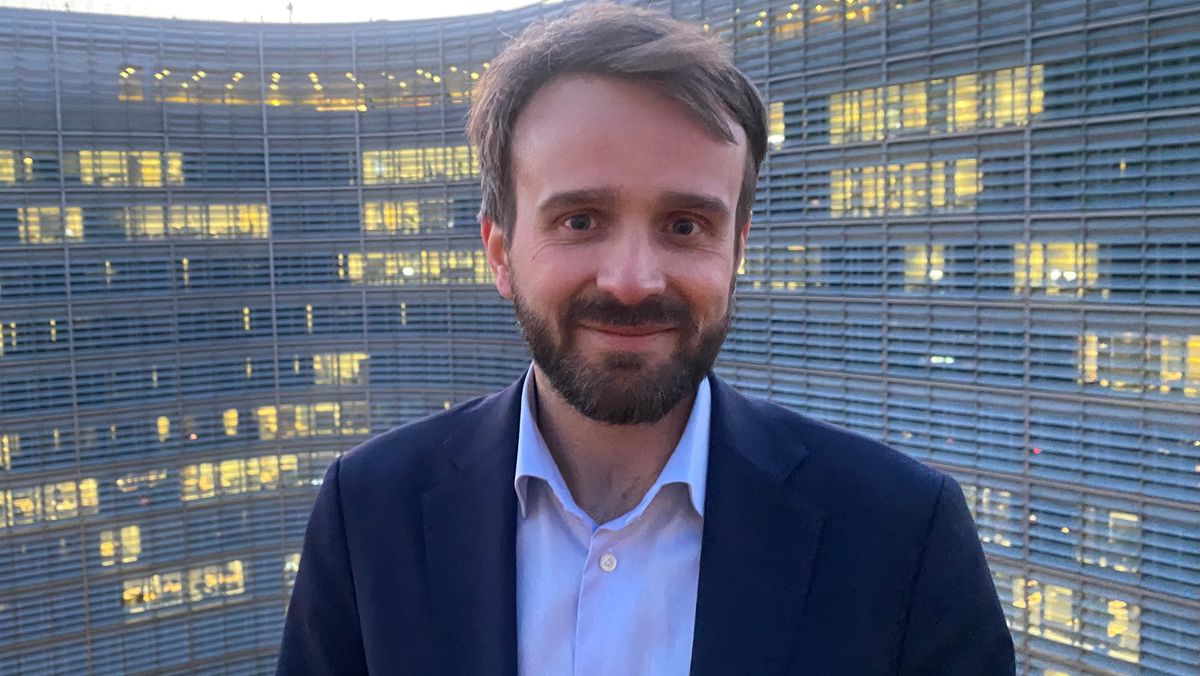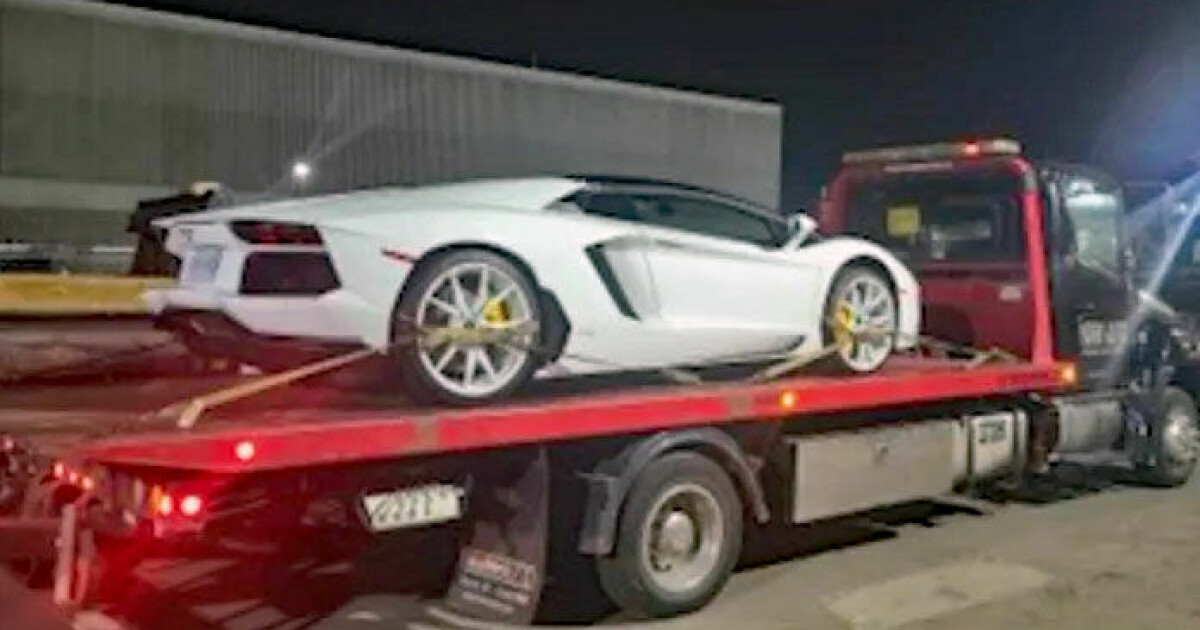In August, the government launched “Kraftpakken for Finnmark”, which led to strong reactions and conflicting opinions about its content and consequences.
With a disastrous idea of how to deliver a good message in the worst possible way, the positives are drowned out, and some concepts or “facts” are created that don’t quite mix with reality.
The undoubted positive aspect of the “Finmark Energy Package” is that Finnmark has priority for the development of the central grid, including the development of the 420 kV grid up to Varangerbotn, by 2032 and without the requirement of construction contributions for telecoms in the east. This is very good. The development of the central grid in Finnmark is absolutely necessary to protect the security of supply to eastern Finnmark, to ensure development opportunities for the electrification of existing industry, to develop new industries, and to increase renewable energy production.
Although more methods for producing more renewable energy are constantly being developed and adopted, in the short term it will be necessary to meet increasing consumption with more wind energy. Some claim it will involve blanket bombardment of Finnmark with new wind turbines. We believe that this is an incorrect and constructive representation.
There are currently five wind power plants in Finnmark with a total of 75 wind turbines. They have been in development since the early 2000s, and together produce just under 1 TWh. The power from each wind turbine varies slightly, from the oldest at 2.3 megawatts, to the newest at 4.3 megawatts. With continuous technological development, new wind power plants are being designed with wind turbines of up to 7.2 MW, with smaller space requirements than before.
At an open media meeting on 26 October, NVE said that improving the central grid in Finnmark, with the construction of a 420 kV line to Hammerfest and Varangerbotten, and a reciprocal interchange with Finland, would result in 760 MW of electricity. Increasing the capacity of the grid to generate new energy. We’ve calculated what this would mean in practice, if all new power generation had to come solely from wind power.
The calculations or scenarios are based on the development plans of two actual projects: 1) the development plan for phase 3 of the Raggovidda wind power station, and 2) the advance notification of a new project in Skallhalsen near Vadsø. The first scenario is a conservative estimate based on current land use with 6 MW turbines, while the second scenario is slightly ahead in time and is based on the development and use of 7.2 MW turbines with lower land use.
Scenario 1 (using 6 MW turbines):
With 760 MW of free capacity for new production divided between the use of 6 MW turbines, this will allow the development of (760 MW / 6 MW =) a total of 128 new wind turbines. The space requirement for the 128 windmills, with the current area factor of 0.7 sq km per windmill, will amount to a total area requirement of 90 sq km.
Second scenario (using 7.2 MW turbines):
With 760 MW of free capacity for new production divided between the use of 7.2 MW turbines, this will allow the development of (760 MW / 7.2 MW =) a total of 106 new wind turbines. Based on a land use optimization of an area factor of 0.3 km2 per windmill, the space requirement for the 106 wind turbines will amount to a total required area of 32 km2.
These calculations show that Statnett’s plan to improve the central grid in Finnmark would allow grid connection with maximum development of 106-128 new wind turbines spread over an area of 32-90 square kilometers in the whole of Finnmark, if all the new production is produced. That comes from wind energy. With the world’s best wind resources and the development of wind farms that produce greater output per wind turbine, this would amount to a new renewable energy production of about . 3 terawatt hours.
This post is not intended to take a position on the question of what is the right or wrong way with regard to type of energy production and land use. We still believe that it is important and right that discussions and policies be based on actual facts, not fantasies where one feather turns into five chickens, or where 760 megawatts of new grid capacity turns into an all-out bombardment with thousands of turbines.
Guru Brandshog, Development Director VarangerCraft
Tore Martinsen, Managing Director, Varanger Craft Find

“Web specialist. Lifelong zombie maven. Coffee ninja. Hipster-friendly analyst.”


